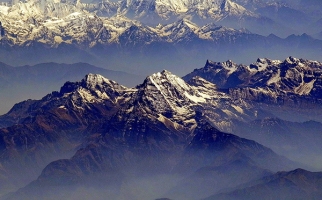
Continental Drift and Plate Tectonics
Backgrounders
Learn about the Theories of Continental Drift and Plate Tectonics and discover what happens when plates collide!
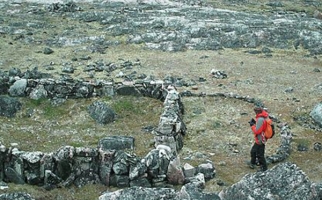
The Dating Habits of Archaeologists
STEM Explained
Radiocarbon dating is a method of radiometric dating. Learn how archaeologists use carbon isotopes to find the age of organic materials at archaeological sites.
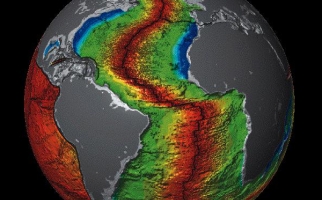
Plate Tectonics
STEM Explained
The surface of the Earth is constantly moving, and earthquakes and volcanoes occur, because of plate tectonics.
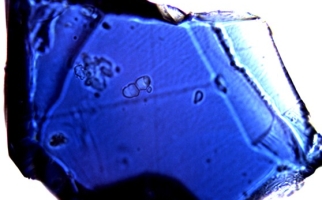
Ringwoodite and the Deep Water Cycle
STEM Explained
The water in the oceans has travelled vast distances. It has even time spent deep below the surface of the Earth, trapped inside the mineral ringwoodite.
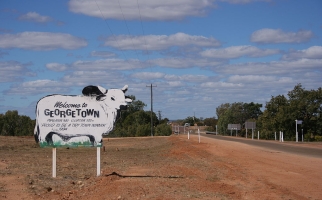
How Did a Piece of Canada End Up in Australia?
STEM Explained
Learn how geologists used radioactive dating to uncover geology shared by both Canada and Australia.
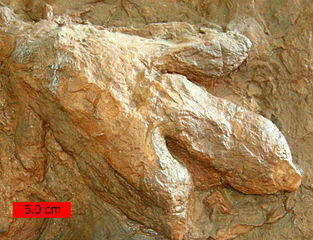
How did dinosaurs leave fossils behind?
Hands-on Activities
Using a toy dinosaur and some plaster of Paris, learn how dinosaur footprints could become fossils.
Jordan Mallon
Career Profiles
Research Scientist in Palaeobiology